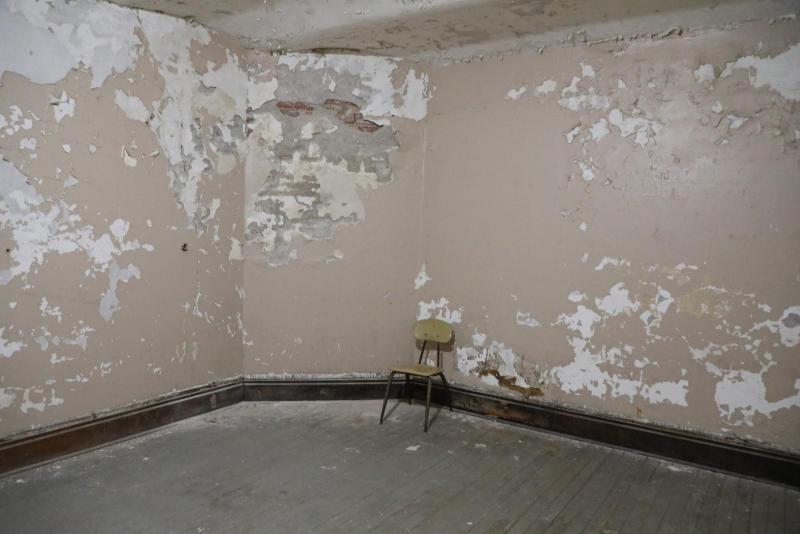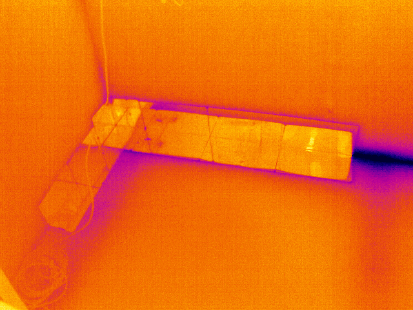Ideas and discoveries
Unique solution to rid houses of mould. Now patented

Get rid of mould on the walls with an ordinary aluminium sheet. Miloš Kalousek from the Faculty of Civil Engineering BUT came up with this simple but very effective solution. He has even obtained a patent for this solution that distributes heat through the wall and prevents condensation. According to Kalousek, aluminium sheets are not supposed to replace conventional insulation. Rather, they could help to bridge the time before the owners save up enough money for the conventional insulation.
Miloš Kalousek from the FCE BUT deals with modelling of two- and three-dimensional structures as well as thermal imaging of buildings and thermal bridges. These two fields intersect in this solution, for which he recently received a patent. “When modelling, I found that the buildings behaved differently than I expected. Despite the fact that I was adding thermal insulation, the surface temperatures were getting worse,” says Kalousek. He remembered his doctoral studies, during which he had the opportunity to calculate an electronic board for an Italian satellite. “In that case, it was not possible to dissipate heat the traditional way by convection, but only by conduction through the board. That is why conductive copper plates were used,” Miloš Kalousek explained. Therefore, he tried to put thermally conductive material instead of thermal insulation in his building models. “At that point, temperatures rose above the dew point and above the desired temperature,” he says. The aluminium sheets thus prevented condensation and subsequent mould formation on the inner surface.

People do not have to worry about having sheet metal all around their rooms. “It is applied under the plaster, so you cannot see it at all. I then used white painted sheets on the windows,” says Miloš Kalousek.
Moreover, the whole solution could be even more elegant in the future. “There are conductive materials other than aluminium that could be used. I can imagine using, for example, Graphene, which has up to 50 times higher conductivity. At the same time, its thickness is reduced, so it could be applied by spraying,” says the author of the patent about its future developments.

Kalousek hopes that he will be able to launch a project to tackle mould using conductive materials so that he can continue his research. Since none of the construction companies approached has shown interest in the patent so far, he is also considering setting up his own spin-off.
(zeh)
A scientist brings hot lava samples from Iceland to Brno
The weakest dies, the rest continues to grow
BUT experts address climate challenges, floods, and the future of Czech water
FCE experts test energy piles to ensure structural stability and cooling of buildings
Modern civil engineering will design pleasant shopping centres and optimal escape routes for people